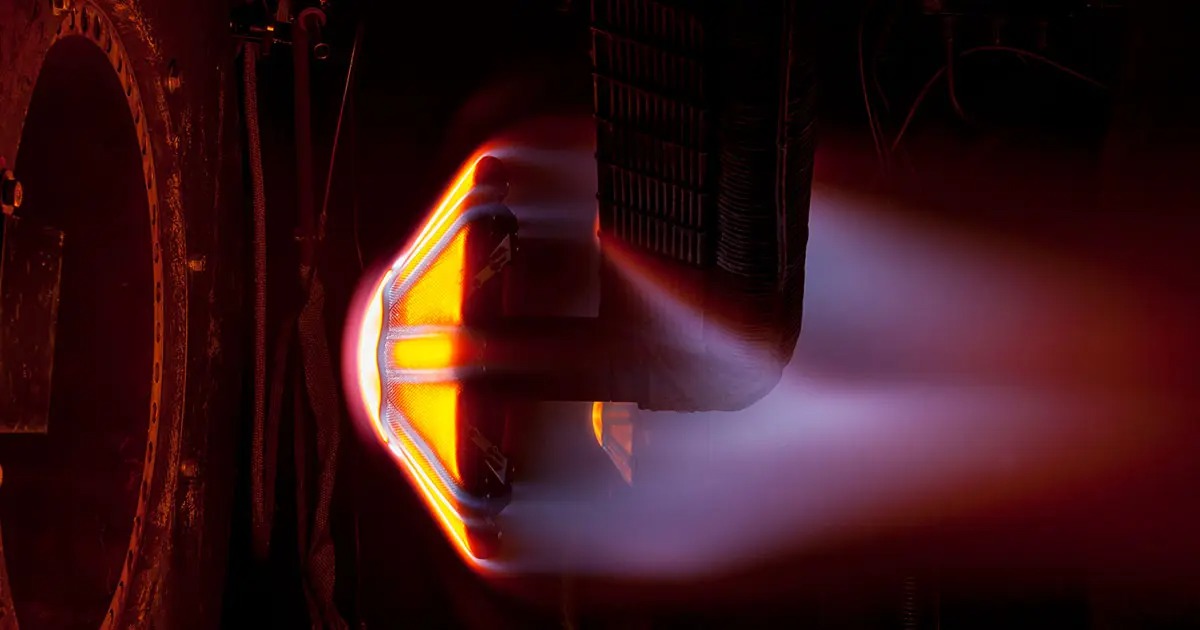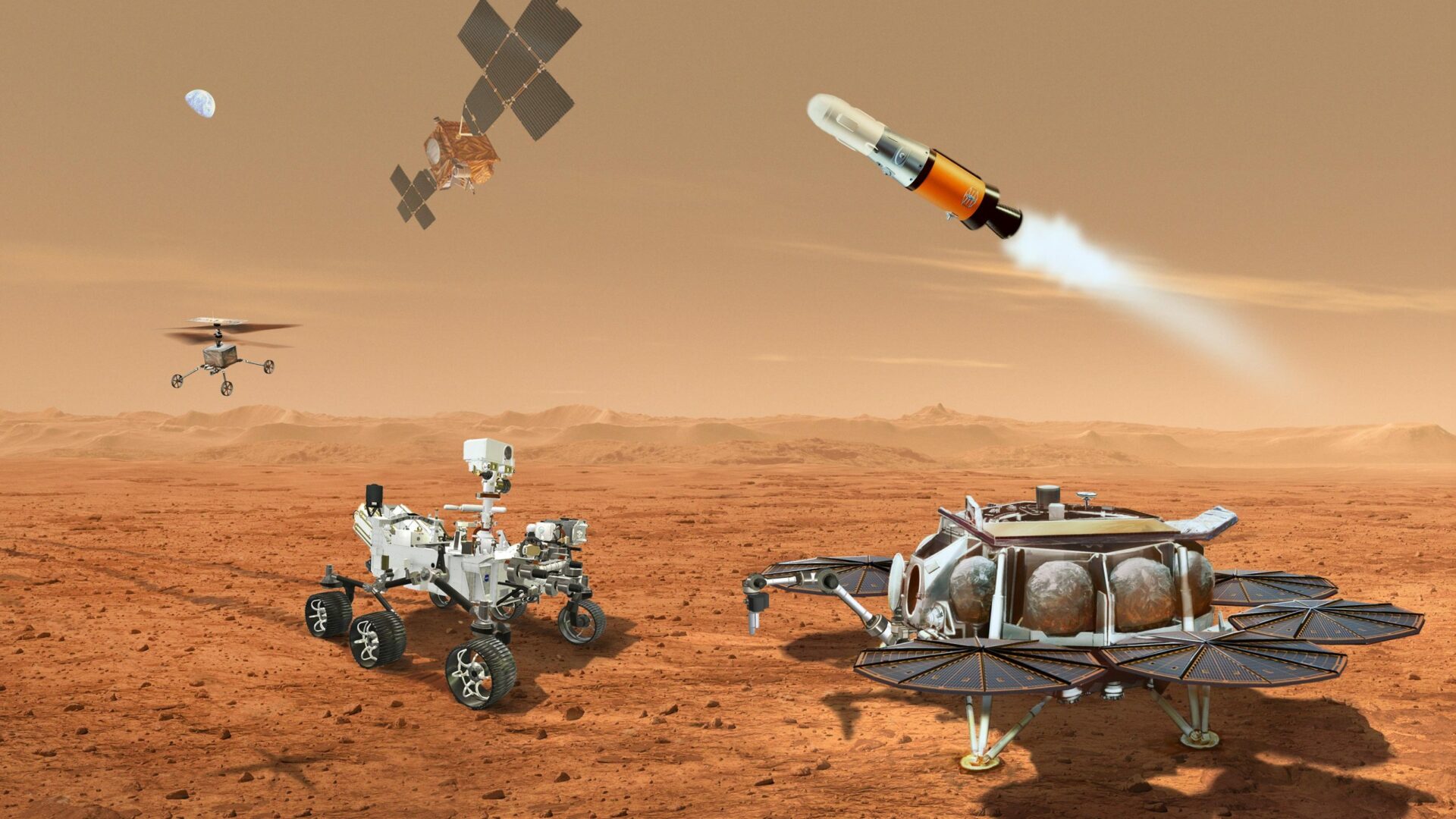NASA has staged a real bombardment of micro bullets on the antimeteorite screen of its Mars Sample Return spacecraft, which will be sent to Mars to return samples collected by the Perseverance rover. According to the agency’s press release, specially designed balls simulated impacts of micrometeorites and space debris on approach to the Red Planet. Despite their tiny size, these pieces of space rocks can move at a speed of 80 km/s (289 thousand km/h) — and in a collision can cause serious damage to the device. Parker Solar Probe has already experienced something similar.

Given the fact that the return of samples from Mars is one of NASA’s most anticipated projects to date, the agency is taking additional measures to ensure that the spacecraft under construction returns unharmed.
Super-powerful cannon
The tests were conducted at NASA’s Remote Hypervelocity Test Laboratory, located at the White Sands Test Facility in New Mexico. Scientists have specifically chosen a remote location because the flight speed of such balls is extremely dangerous. To accelerate the ball to the speed of a micrometeorite, the researchers used a so-called “two-stage gas cannon” to conduct tests.
At the first stage, traditional gunpowder is used to set the projectile in motion. Then compressed hydrogen is fed into the tube to give the projectile multiple acceleration. The risk is that the pressure of the gun in such conditions becomes so high that it could blow up the building in the event of a malfunction. Moreover, even such capacities are not enough to achieve the speed of micrometeorites — engineers managed to accelerate the ball to a maximum of 5 km/s.
“At this speed, you could drive from San Francisco to New York in five minutes,” Dennis Garcia, a scientist at White Sands, said in a statement.
The protective screen itself has proven its strength. Formed from several layers of metal, it was able to withstand the impact of a projectile at an extremely high speed.
Mars Sample Return

Mars Sample Return is a mission aimed at delivering selected rock samples that NASA’s Perseverance rover collects on the surface of the Red Planet. The delivery of these samples to Earth will allow scientists to study them using the most advanced laboratory instruments — those that will be created in the next decade. This campaign is one of the most ambitious events in the history of space flight.
Earlier we reported on how NASA uses helicopters for a mission to deliver Martian soil.
Follow us on Twitter to get the most interesting space news in time
https://twitter.com/ust_magazine

